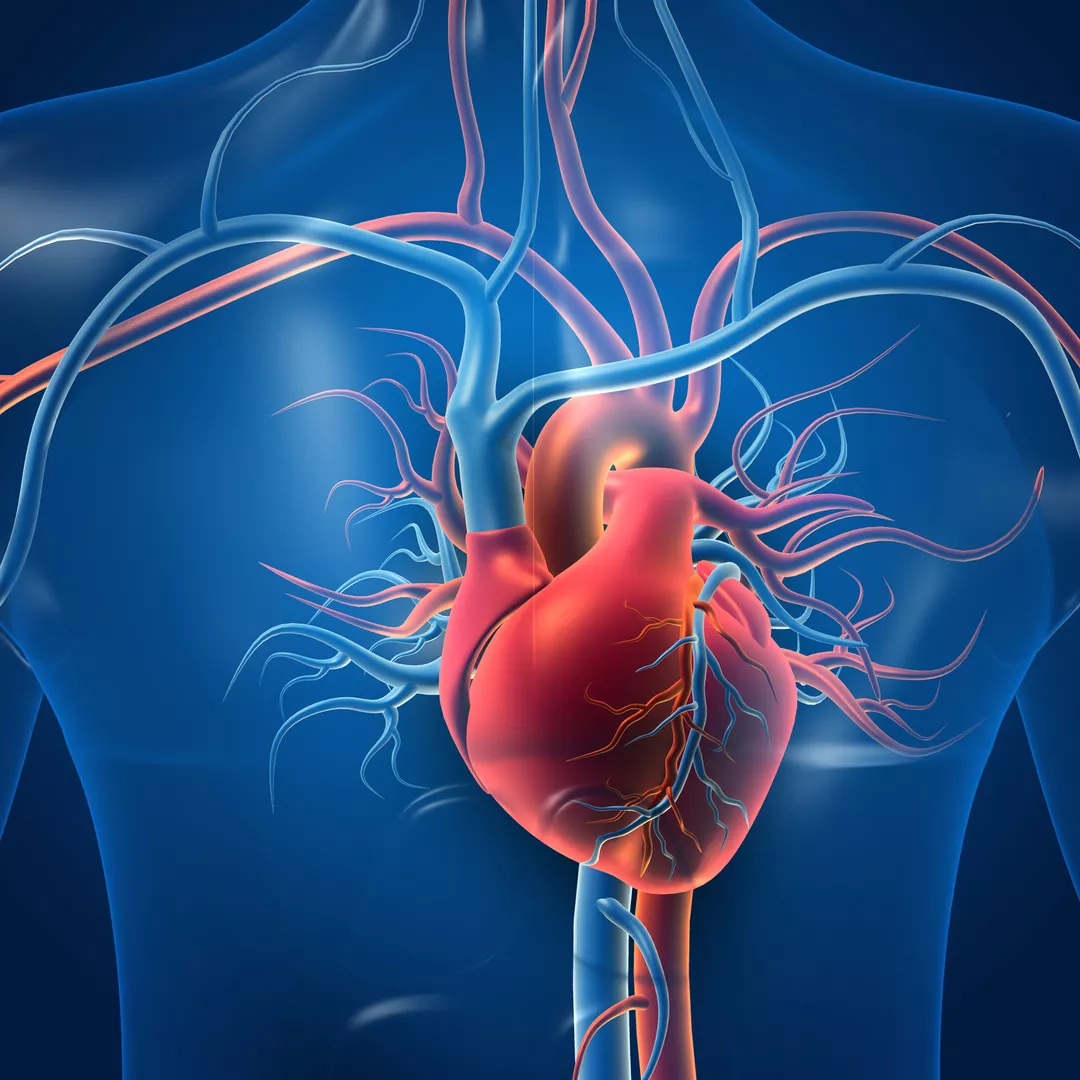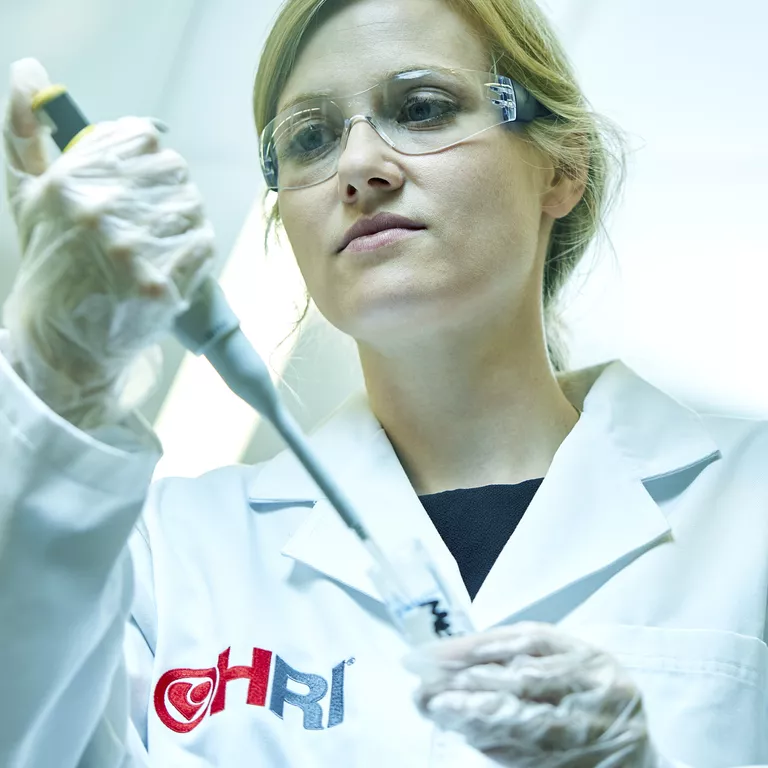Common cardiovascular conditions and treatments
The cardiovascular system is susceptible to various conditions that can impact its function and overall health. From common ailments to more complex diseases, understanding these conditions and their respective treatments is crucial for maintaining cardiovascular wellbeing.
Some of the most prevalent cardiovascular conditions include the following.
1. Hypertension (high blood pressure)
Condition: Hypertension occurs when the force of blood against the artery walls is consistently too high. It's often referred to as the "silent killer" because it typically presents with no symptoms but can lead to serious complications such as heart disease, stroke and kidney failure.
Treatment: Lifestyle changes, including a healthy diet low in sodium, regular exercise, weight management and stress reduction, are typically the first line of defence. If lifestyle modifications alone are insufficient, medications may be prescribed to lower blood pressure.
2. Coronary artery disease (CAD)
Condition: CAD is a common type of heart disease characterised by the narrowing or blockage of the coronary arteries, which supply oxygen-rich blood to the heart muscle. It often develops over time due to the buildup of plaque (atherosclerosis) within the artery walls.
Treatment: Treatment for CAD aims to relieve symptoms, prevent complications, and reduce the risk of heart attack or stroke. Lifestyle changes, including smoking cessation, dietary modifications, regular exercise and stress management, are crucial. Medications such as statins, antiplatelet drugs, beta-blockers and nitroglycerin may be prescribed. In some cases, procedures such as angioplasty with stent placement or coronary artery bypass surgery may be necessary to restore blood flow to the heart.
3. Heart failure
Condition: Heart failure occurs when the heart is unable to pump enough blood to meet the body's needs. It can result from various conditions, such as CAD, hypertension, or damage to the heart muscle (cardiomyopathy).
Treatment: Treatment for heart failure focuses on improving symptoms, slowing disease progression and prolonging life. Lifestyle modifications, including limiting salt intake, managing fluid intake and regular exercise, are important. Medications may be prescribed to improve heart function and reduce symptoms. In advanced cases, devices such as pacemakers, defibrillators or heart transplantation may be considered.
4. Arrhythmias
Condition: Arrhythmias are irregular heartbeats that can manifest as a slow, fast or irregular heart rhythm. They can occur due to various factors, including heart disease, electrolyte imbalances and congenital abnormalities.
Treatment: Treatment for arrhythmias depends on the type and severity of the condition. Mild cases may not require treatment, while more serious arrhythmias may be managed with medications such as antiarrhythmics, beta-blockers or calcium channel blockers. In some cases, procedures such as catheter ablation, pacemaker implantation or cardioversion may be necessary to restore normal heart rhythm.
5. Stroke
Condition: A stroke occurs when blood flow to part of the brain is interrupted or reduced, depriving brain tissue of oxygen and nutrients. This can result in permanent brain damage or death.
Treatment: Treatment for stroke depends on whether it is ischaemic (caused by a blocked artery) or haemorrhagic (caused by bleeding). Ischaemic strokes may be treated with medications such as tissue plasminogen activator (tPA) to dissolve blood clots, or procedures such as mechanical thrombectomy to remove clots from the arteries. Haemorrhagic strokes may require surgery to repair or remove abnormal blood vessels or to relieve pressure on the brain.
6. Peripheral artery disease
Condition: Peripheral artery disease (PAD), also known as peripheral vascular disease, is a common circulatory condition that occurs when narrowed arteries reduce blood flow to the limbs, typically the legs. This narrowing is often due to the buildup of fatty deposits (plaque) on the artery walls, a process known as atherosclerosis. PAD can result in symptoms such as leg pain, numbness, weakness, and even tissue damage in severe cases. PAD affects almost one in every five Australians. Approximately 50 per cent of people with PAD show no symptoms, leading to under-diagnosis and under-treatment. In addition, the reduced blood flow to the limbs can lead to the limb developing gangrene, where it starts to decay and die. There is no cure for gangrene. The only treatment option is to amputate the affected limb to prevent the gangrene from spreading further in the body. Shockingly, every two hours in Australia, one person has an arm or leg amputated due to PAD.
Treatment: By adopting healthy lifestyle habits, adhering to prescribed medications and undergoing appropriate interventions as advised by their healthcare professional, individuals with PAD can improve their quality of life and reduce the risk of cardiovascular events and limb loss.

